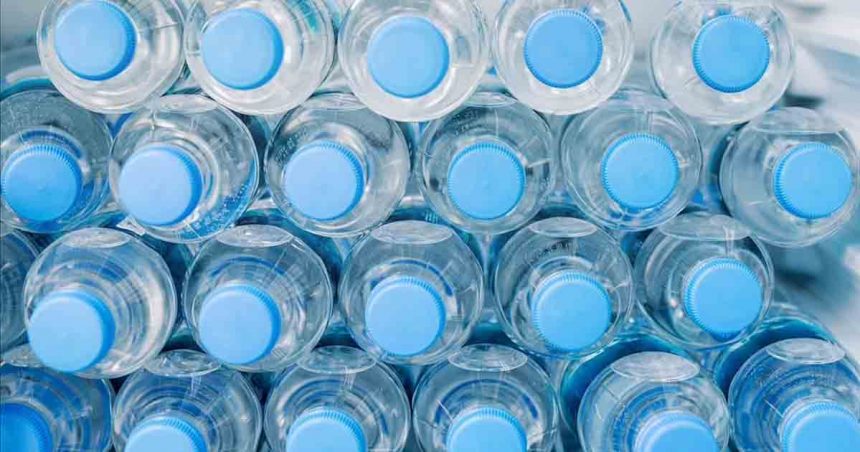Recent studies have uncovered troubling information regarding the water we consume daily, whether it’s from the tap, bottled, or treated at home. These studies indicate the presence of cancer-causing chemicals, particularly trihalomethanes (THMs), in all three sources of water. Let’s delve into the findings and their implications for public health.
What Are Trihalomethanes (THMs)?

Trihalomethanes (THMs) are chemicals formed during the water disinfection process when chlorine interacts with organic matter, producing THMs.1 While disinfection is crucial for disease prevention, prolonged exposure to THMs has been associated with serious health issues such as cancer, kidney damage, and liver damage.
Read More: Engineer Harnesses Sunlight To Make Saltwater Drinkable In Gaza
Study Overview – Water in the San Francisco Bay Area

A recent study in the San Francisco Bay Area tested 603 tap water samples, 100 bottled water samples, and 111 household-treated tap water samples. Shockingly, all three types of water contained potentially harmful levels of THMs. Tap water had the highest toxicity levels, while bottled and treated tap water showed negligible differences. This highlights the widespread presence of THMs in various water sources, raising concerns about water quality not only in the Bay Area but nationwide.2
The Risks of Drinking Tap Water

Despite rigorous disinfection processes, tap water often contains high THM levels. The study revealed that tap water had a significantly higher toxicity average compared to bottled or treated water. Aging infrastructure, chlorine disinfection, and chemical mixtures contribute to tap water contamination with THMs, lead, and arsenic.
Bottled Water – Not a Safer Alternative?

Contrary to belief, bottled water also contains THMs, often due to source water or packaging contamination. This challenges the notion of bottled water being inherently safer or cleaner than tap water. Additionally, the environmental and financial costs of bottled water are significant, without offering superior health benefits.
Read More: Gen Z Are Obsessed With ‘Tadpole Water’ Trend And People Don’t Know What to Think
Household Water Treatment – A Viable Solution?

For those concerned about tap and bottled water, home water treatment appears as an attractive option. Filtering tap water at the point of use can reduce contaminants, including THMs. However, the study indicated that household-treated water still carries potential toxicity. The key is using customized treatment systems to target specific contaminants for more effective risk mitigation.3
Potential Health Impacts of THMs

THMs have been associated with severe health issues such as bladder and colon cancer, reproductive problems, and birth defects. While the study’s THM levels didn’t exceed regulatory limits, they surpassed health benchmarks for long-term exposure. Prolonged THM exposure could elevate cancer risk over time, although immediate risk post-water consumption is low.
What Can Be Done?

While the presence of THMs in bottled water raises concerns, there are steps individuals can take. Using home filtration systems designed to eliminate THMs can reduce exposure. Additionally, policymakers could tighten regulations on THM levels in drinking water to address these concerns. Safer disinfection methods could decrease harmful byproduct formation like THMs while maintaining water safety.
Read More: The 8 Glasses a Day Myth: Here’s How Much Water You Should Drink Daily
Sources
- “Cancer-linked chemicals found in tap water and bottled water, scientists claim.” Express. Lauren Haugney. September 12, 2024.
- “Bottled water, tap water and household-treated tap water–insight into potential health risks and aesthetic concerns in drinking water.” PLOS. Samantha E. Bear, Talya Waxenberg, Charles R. Schroeder and Jessica J. Goddard. September 4, 2024.
- “Cancer-Causing Chemicals Found in Bottled and Tap Water in Bay Area.” Newsweek. September 4, 2024.






